What is a CVT gearbox and are they any good?
Curious oddity or hidden gem? Let’s take a closer look at what a CVT transmission really is
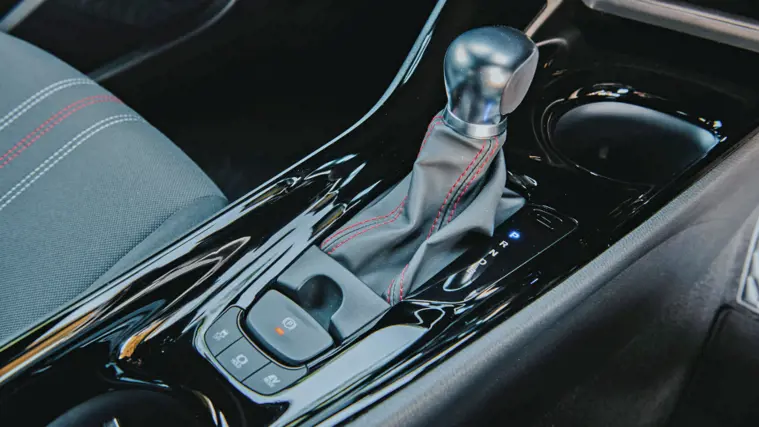
A CVT transmission is an engineering marvel that is often misunderstood, however CVT transmissions are used in more cars than ever before, so what do car manufacturers know that most people don’t? Over the course of this article, we will shed light on the advantages and disadvantages of a CVT gearbox, along with how they work and what they are like to drive. First though, let's look at what the acronym actually means.
What does CVT stand for?
CVT stands for ‘constantly variable transmission’. So when you see ‘CVT transmission’ it is actually saying ‘constantly variable transmission transmission’. Smart. Some people prefer the word ‘gearbox’ over ‘transmission’ and while they technically mean the same time, a CVT transmission does not contain any gears, so it would be inaccurate to do so in this case.
How does a CVT transmission work?
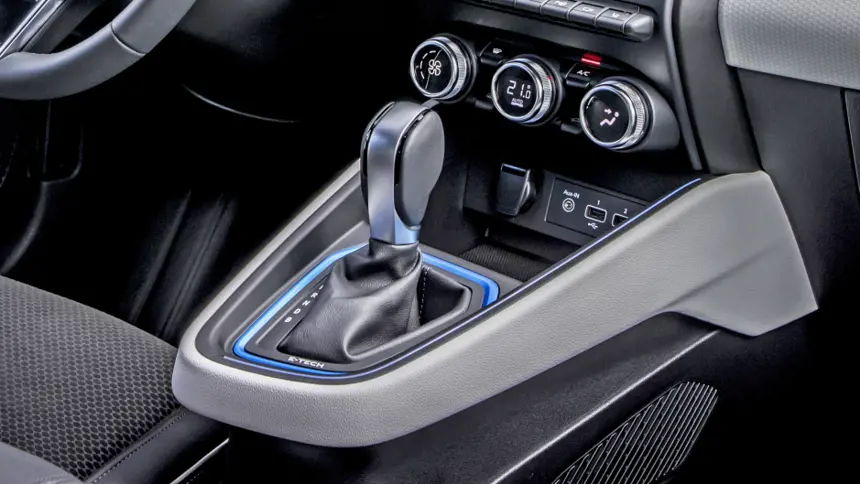
The easiest way to get your head around a CVT transmission is to think of a pedal bike. Bikes have gears (or cogs), some are attached to the pedals and some are attached to the rear wheel – with both sets being arranged in size order.
When a cyclist sets off up a hill, they will normally use the smallest cog that is attached to the pedals and the largest cog that is attached to the rear wheels. This combination makes it as easy as possible to turn the driving wheel.
Once they press down on the pedal, it spins the attached gear, pulls the chain along and soon makes the driving wheel rotate. As the cyclist goes faster they change up to a larger pedal cog and smaller wheel cog and although the speed at which their legs are going up and down does not change, the higher gear means the bike will now move faster.
CVT transmissions work a lot like this, although instead of cogs, imagine there are cones, and instead of a chain there is a belt. A car will set off using the smallest point of the cone that is connected to the engine and the largest point of the cone that turns the wheels (as this is easiest).
As a car speeds up, the position of the belt is switched - meaning that it goes around the widest part of the cone connected to the engine and the narrowest part connected to the wheels - and as a result, the car goes faster.
It is possible to have ‘virtual’ gears, where the electronics of a car will automatically jump the belt to certain points on the cones. This makes a driver feel like they are driving a normal car but it is only an illusion as normal cars use physical gears.
Why are CVT transmissions used?
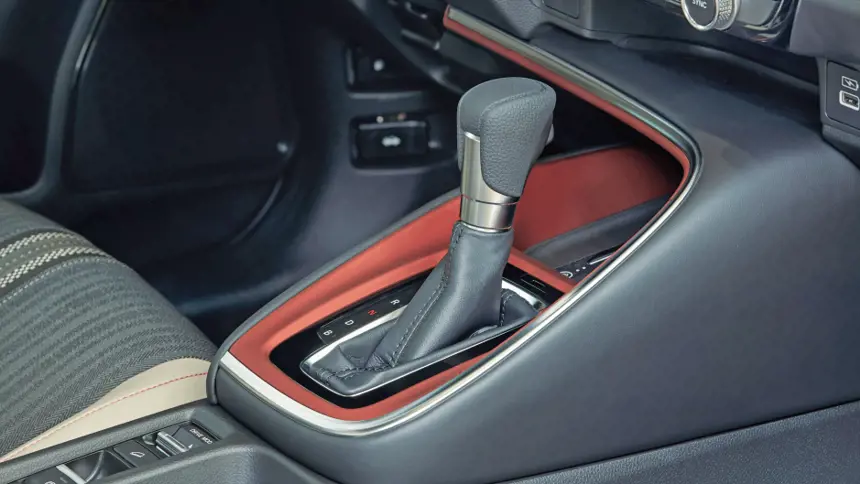
CVT transmissions are used for a number of reasons, including that they can be better for fuel economy. This is because they can maintain an engine at its most economical point by continuously varying where the belt is on its ‘cones’ regardless of whether a car is speeding up or slowing down.
At the same time, CVT transmissions are, in theory, better for performance cars. Just as they can maintain an engine at its most efficient rpm, they can maintain an engine at the rpm which generates the most power, so maximum acceleration should be possible.
Additionally, unlike traditional manual, automatic, or dual-clutch transmissions, there is no changing of gears to slow acceleration down. Unfortunately, CVT transmissions are very rarely used for performance cars (more on which in the next section) so it is hard to draw too many comparisons from fast cars with CVTs. Another perk to a CVT is that they can make for smoother driving, as there is no need to be pressing the clutch and releasing the accelerator every time you need to change gears.
Lastly, a CVT is simpler than other gearbox types, such as dual-clutch systems. In theory, this means they should be as reliable (if not more so) and easier to fix. While this can be true, not all mechanics will be familiar with CVT transmissions so make sure there is a garage nearby that can look after your car before you press the button on a new car.
What does a CVT transmission feel like to use?
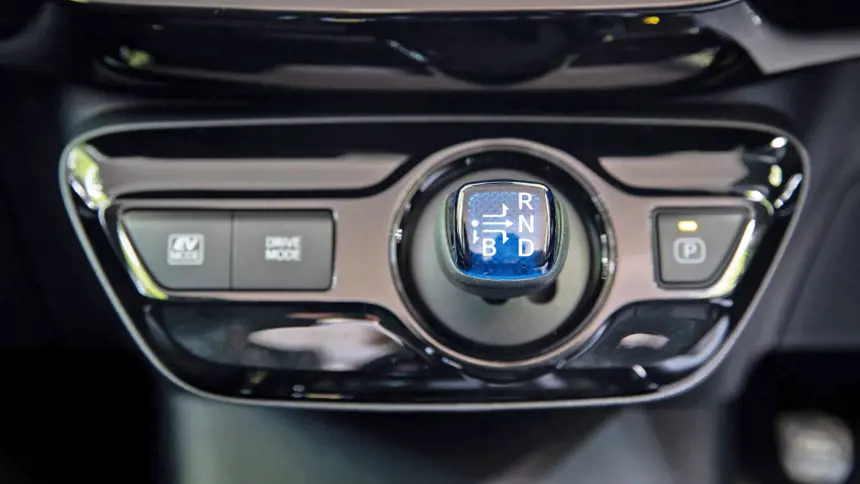
Driving a car with a CVT transmission for the first time can be a curious experience and there is something of a knack to getting the best from them. More specifically, it is about learning how far to press the accelerator pedal to either get maximum efficiency, maximum acceleration, or somewhere in between. With a little practice, you will soon have it sussed.
That said, when driving in a steady and normal manner, you probably won’t notice much difference over a standard automatic car. This is because there is no clutch pedal to concern yourself with, simply press the accelerator or brake pedal and steer.
As soon as you find a need or desire to accelerate quickly, this is when a CVT car most often shows itself. There is normally a noticeable noise that the engine makes, which many describe as a ‘droning’, which perhaps sounds worse on paper than it is in reality.
What is happening is that, because a CVT keeps the revs of the engine in the best place for maximum power, the noise remains constant. In cars with a more traditional gearbox, the revs will rise when accelerating and so too will the sound of the engine.
Some motoring journalists and drivers are not able to look past this different type of noise and see it almost as a fault when it is actually the CVT doing one of the things it does better than manual or automatic gearboxes – maximising power output from the engine.
There are also people of the opinion that cars with a CVT are sluggish compared to manual or automatic alternatives. This is harder to judge as cars with CVTs tend to be economy-focused, rather than performance-focused, so aren’t naturally fast to start with. Often the claim of being sluggish is caveated with references to faster driving being possible but not without the aforementioned droning noise. Whether or not the sound of a CVT matters will be personal preference but for most people, it won’t matter one jot.
Which car makers use CVT transmissions
Not every carmaker offers a CVT transmission. Over time many manufacturers have dabbled, but those below are best-known for CVT transmissions.
Toyota
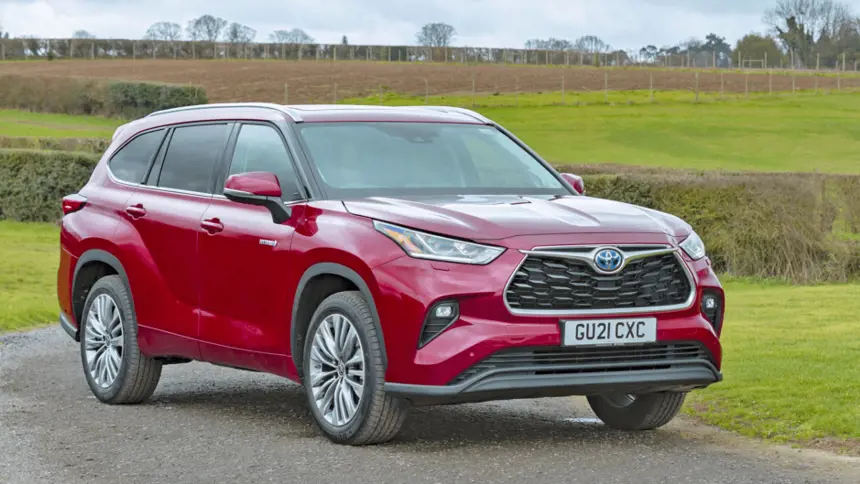
Toyota has been a proponent of CVTs for years, with everything from its economical Prius hybrid to its family-sized RAV4 hybrid using the technology.
Lexus
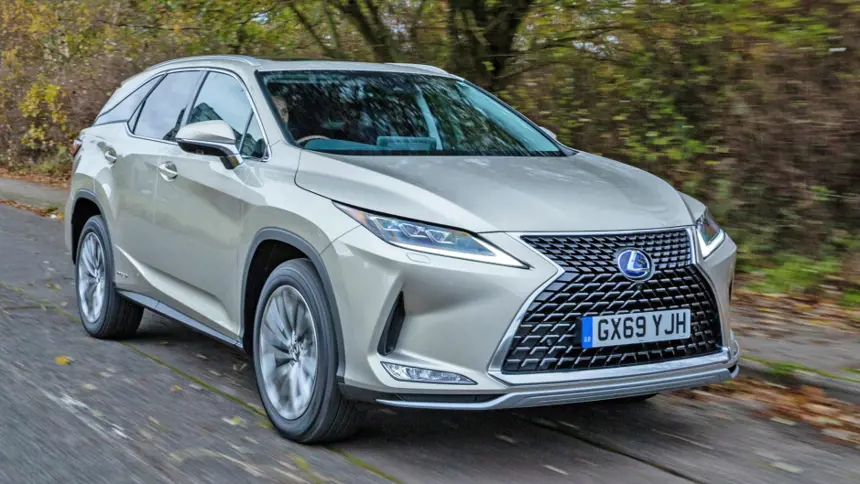
Lexus is a sister brand to Toyota (albeit a luxury brand) and often shares engineering, such as gearboxes, although Lexus models are actually some of the most powerful cars to use CVTs.
Honda
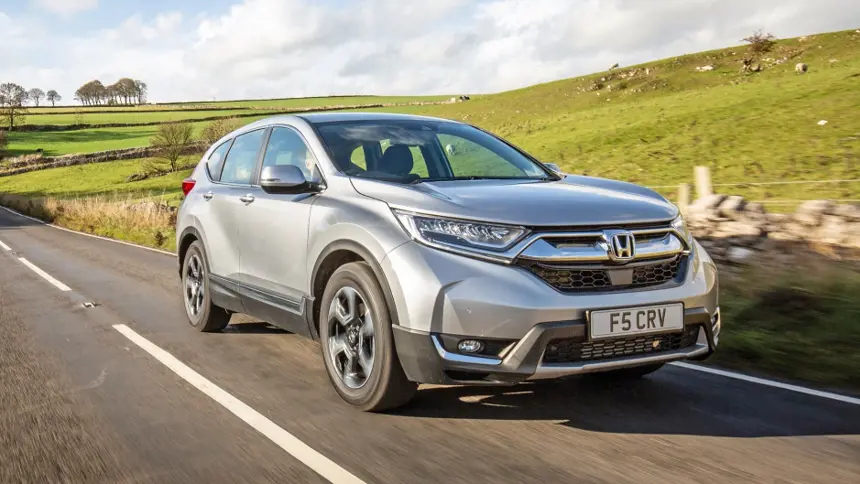
Honda isn’t a stranger to CVTs and its small but practical Jazz is one of the standout models. If you need a larger car, the CR-V and HR-V SUVs also feature CVT gearboxes – in fact, the latter comes with nothing but.
Subaru
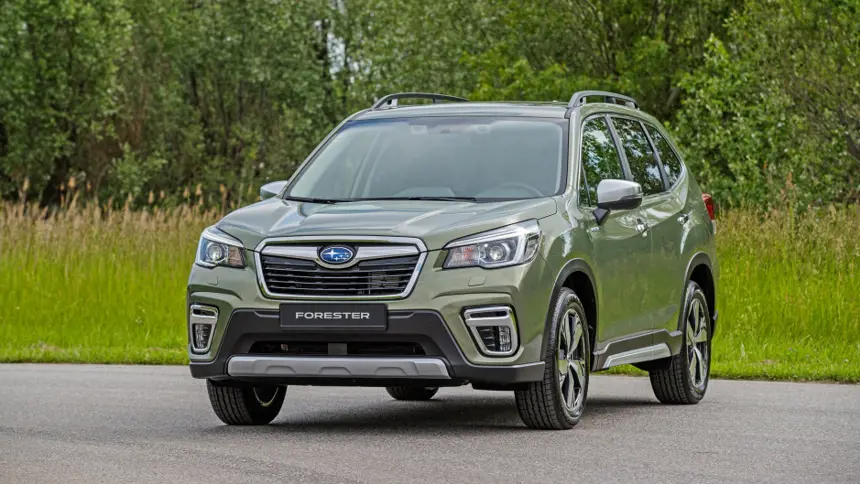
Subaru does cars a little differently to the other manufacturers listed here, as it makes cars that are regarded as rugged and almost as capable off-road as they are on it. Outback models are a particularly good balance between off and on-road, with a large, spacious cabin, four-wheel drive and a five-star crash test safety rating.
Nissan
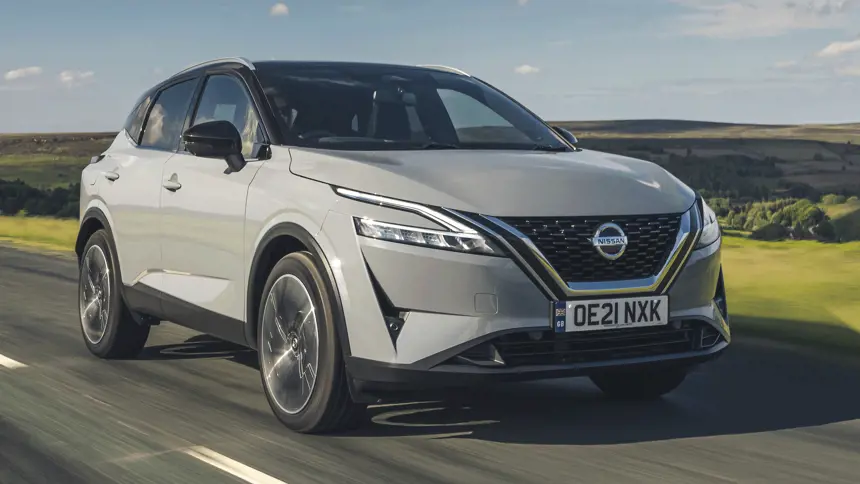
Nissan hasn’t been prolific with its use of CVT gearboxes but a handful of key models have been offered with them. The latest Qashqai is one such example, which is a family-size SUV.
Renault
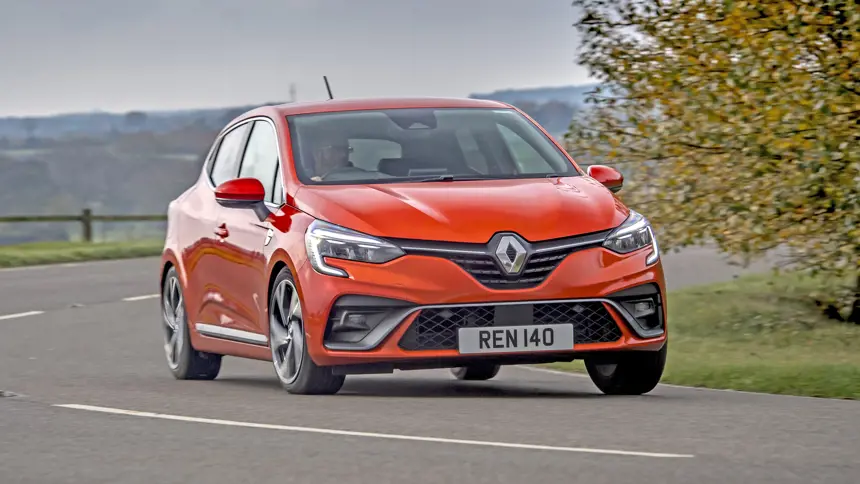
Renault and Nissan are part of the same company so often share components. It is perhaps no surprise that Renault’s family-size SUV is available with a CVT given the above note regarding the Qashqai. Additionally, Renault did introduce a CVT gearbox for its latest Clio, which is a rather impressive small car.
